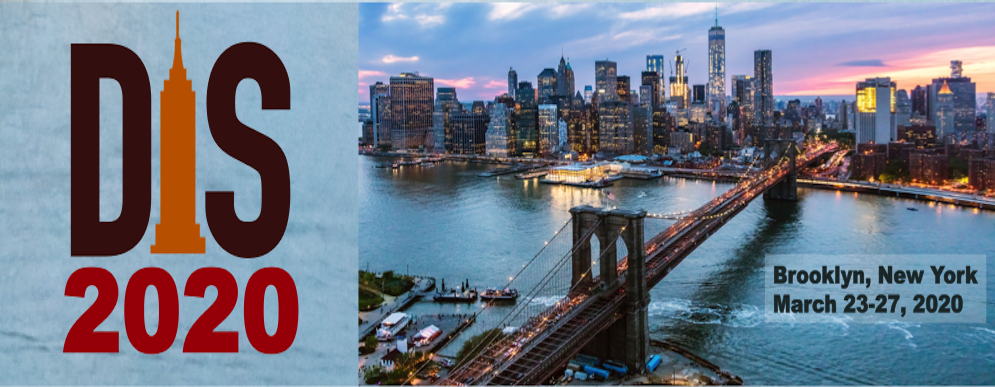Speaker
Description
The STAR Collaboration designs, constructs, and installs a suite of new detectors in the forward rapidity region (2.5 < eta < 4) over the next two years, enabling a program of novel measurements in pp, pA, and AA collisions. This extension of STAR’s kinematic reach will allow detailed studies of cold QCD physics at both very high and very low partonic momentum fraction, i.e. when the colliding quarks and gluons carry very large or very small amounts of the nucleon energy. Previous STAR efforts using the Forward Pion Detector (FPD) and Forward Meson Spectrometer (FMS) detectors have demonstrated that there are outstanding QCD physics opportunities in the forward rapidity region. To fully explore these physics opportunities, the forward upgrade [1] has detection capability for neutral pions, hadrons, photons, electrons, and jets, and adds charged-particle tracking, electromagnetic, and hadronic calorimetry to STAR’s capabilities at high pseudorapidity. The upgrade will greatly expand the kinematic reach for ongoing measurements of the spin and flavor structure of the nucleon, and will enable studies of the longitudinal structure of the nuclear initial state that leads to breaking of boost invariance in heavy-ion collisions. Transport properties of the hot and dense matter formed in heavy-ion collisions will also become accessible with the new measurement capabilities at forward rapidity. Details on the planed upgrade and the scientific opportunities it will enable will be presented.
[1] “The STAR Forward Calorimeter System and Forward Tracking System,” https://drupal.star.bnl.gov/STAR/starnotes/public/sn0648

